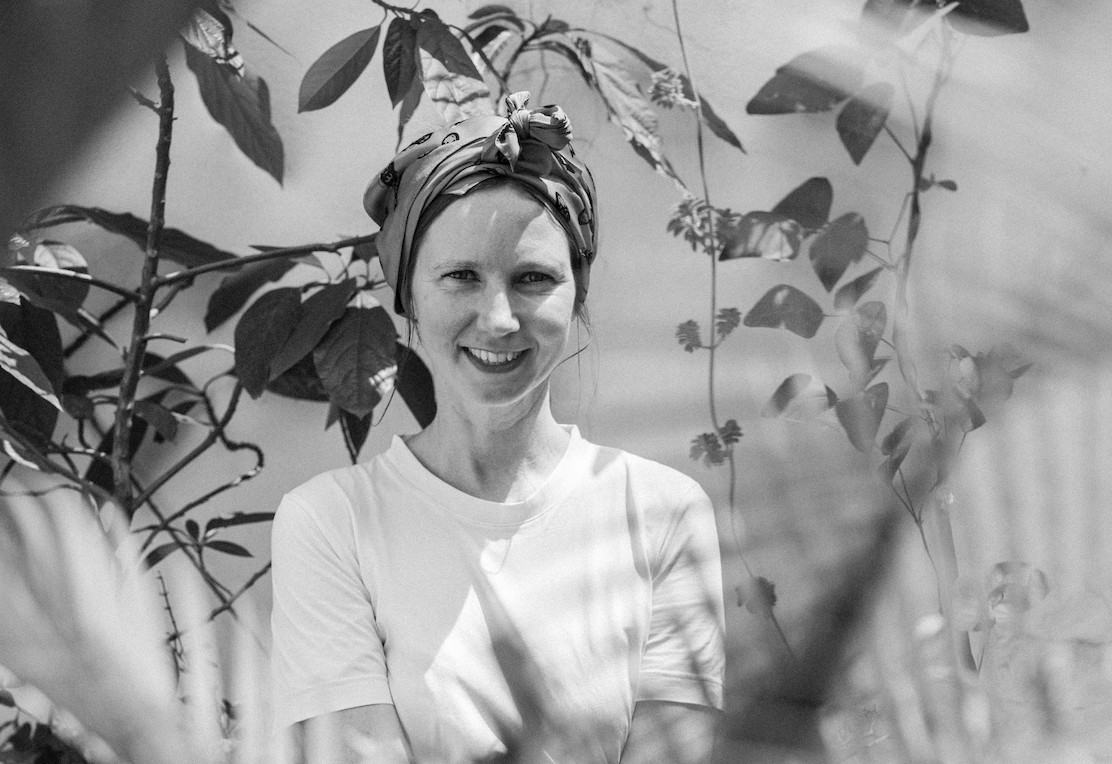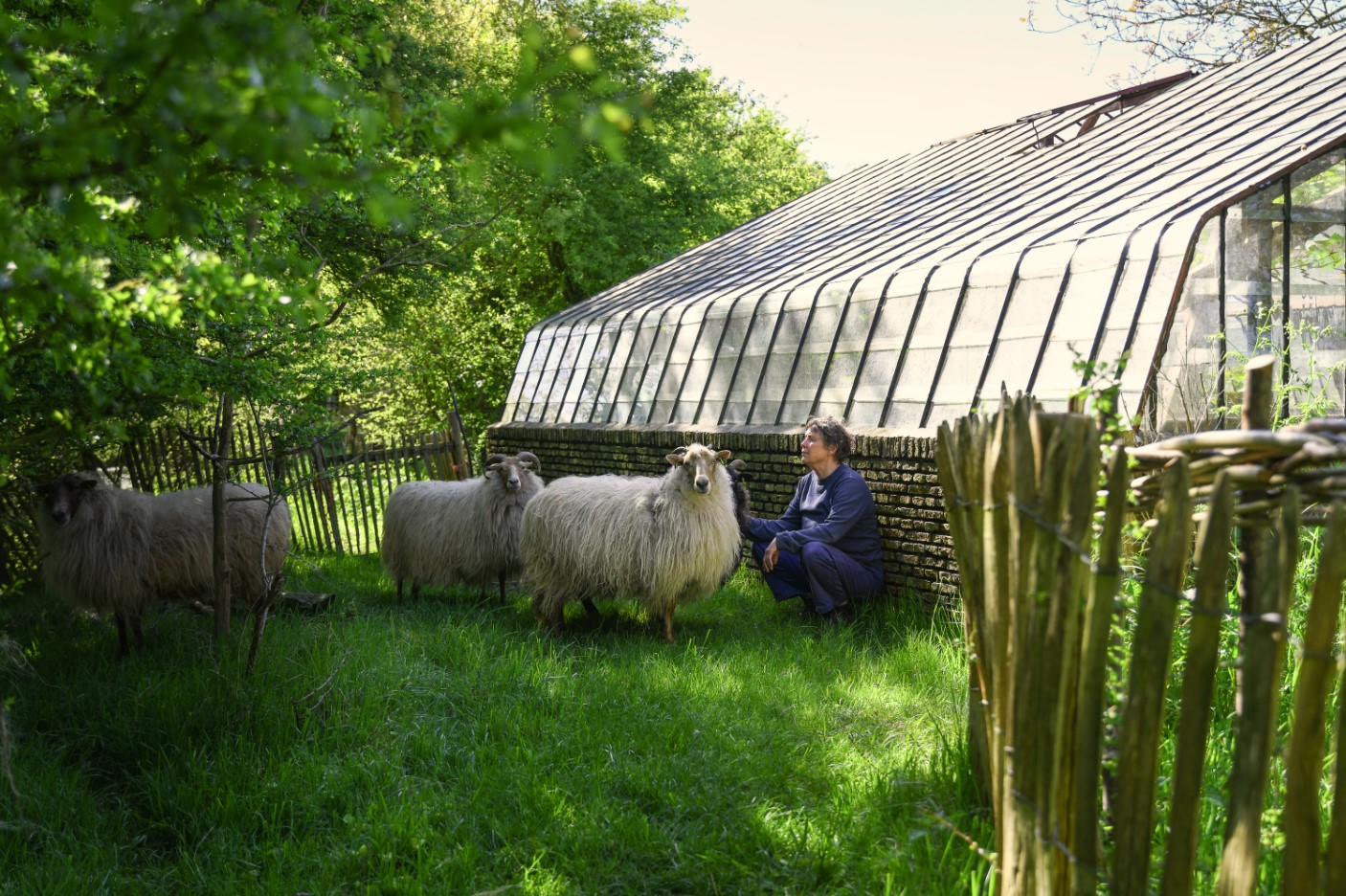► českou verzi rozhovoru najdete zde
Michèle, do you still remember your first impression of the house you are currently living in? Did you know immediately that this was going to become your place?
Yes – I have already visited many other houses in Provence and I knew instantly that this was the place of my life.
Tell us the story of this house. Who lived here before you?
This used to be the family house of farmers. Last person who lived here was a single man who died when he was around eighty-two years old. He had few cows, sheep, some horses to work with and he grew pears – that´s why there are a lot of pear trees around this house.
.avif)
.avif)
(1).avif)
The place where we are sitting now used to be stables for cows and other animals.
Yes, there were three or four cows in this room tied to this piece of wood, which I turned into a shelf. You can still see the holes for ropes and how they were chewing the wood around. Now I use it as a shelf but it used to be place where the farmer put the grains for cows. Next to this room, there was another one with sheep and in that little chamber behind it there were pigs. He also had rabbits there. And in this room right here on the right side, there were horses. All the animals lived in the lower part of the house because they heated it, kept it warm – especially their poo.
Now there is the main living space under these round ceilings – kitchen, living room and a music studio. This transformation took a whole year of work.
It was a truly nice and cheerful work as I was able to see and learn how these houses were built. I discovered that there were no foundations under these walls – they just sat on the dirt. These walls are massive – about sixty centimetres thick. I had to dig approximately thirty centimetres underneath them to enlarge the space between the floor and the ceiling, as otherwise the ceilings would be too low. That was a lot work. Then I created an open space between individual rooms that used to be separated. I also had to drain the water from the ground and the floor so that it wouldn’t be coming up. Before, there was just dirt...

What materials did you use?
First, I put stones on the ground and then synthetic isolation over them, followed by cement and finally wooden floor on the top.
Before moving to this house, you lived in two modern wooden houses. Can you compare living between wooden and stone walls?
It was really difficult for me to come and live in a stone house after all these years surrounded by wood, which is very warm material. It feels kind of cold for me here, that is the reason for using so much wood around – the floor, the furniture and all these small objects as well.

Original shelf. Years ago it was a place, where the farmer put the grains for cows. Below, there is an old bench from church carrying a lot of memories.
This bench is from church, right? How come that this bench ended up at your house?
Well, it is a family bench from my mother’s side; her family lived in the northeast part of France near the German border. In that time, families used to have their own benches in church with their name carved on them, where they would sit. Later, this tradition was overcome and the church sold the benches to the owners and put chairs instead.
It is often said that stones have longer memory…
Yes, I can really feel it here. There is often a drift of air between the rooms even though all the windows and door are closed; I simply know that there is a whole different life hidden between these stones.
.avif)
How it is with horses? Do you think they distinguish between different materials?
Go and ask them! (laugh) In general, horses prefer to be outside but they all have a wooden stable to go to when it rains or when it is cold. However, they are not animals that would enjoy closed spaces so they stay most of the time outside. They only go inside when the weather is either too hot or too cold.
How they perceive different types of landscapes?
Horses can become prey for other animals so they like to be somewhere where they can watch out for predators and be ready to run. That is why they do not like to live in the valley, they feel more vulnerable there.
You always have around at least three young horses for training. How you can prepare the colts to accept headstall and later saddle?
Well, it is a matter of confidence at the beginning. We need to have a trustworthy relationship; only then it is possible to try new things such as putting the headstall on or the saddle. But you really need to be experienced to do that because horses have a very long memory and if you make mistake, they will remember it and it would take long time to get their confidence back.
How can you built such a relationship between a man and a horse?
Well, I do ethology, which is a method from United States where cowboys were living with their horses twenty-four hours a day. (...) I have learnt this method and it works very well because we communicate with horses in their language.
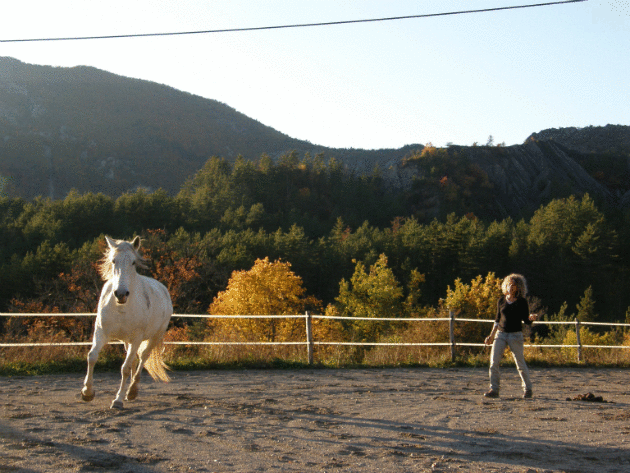
.avif)
Synchronization of movements of a man and a horse.
Can you describe some of its principles?
Horses live in herds and there is a leader in each herd, which is usually an old mare. The stallion is there to breed and to defend her if there is a real danger but the mare is the one that decides where to eat and drink and she educates young horses as well. That is why it is so important to have an old mare with colts.
You also do shiatsu on horses. What is going on in their body when you touch them in a certain way?
Horses are very sensitive animals. When I practise shiatsu on horses, their body will tell me where to go and what pressure to apply. After they adjust to that, they are in your hands; you have five hundred kilos you can easily control with your hands. But they have to trust you and be willing to cooperate. It works the same with humans, except horses stand up during shiatsu so you can better tell where to apply the pressure, they simply lean on you. After forty-five minutes of shiatsu, they are completely relaxed, yawning. (laugh)
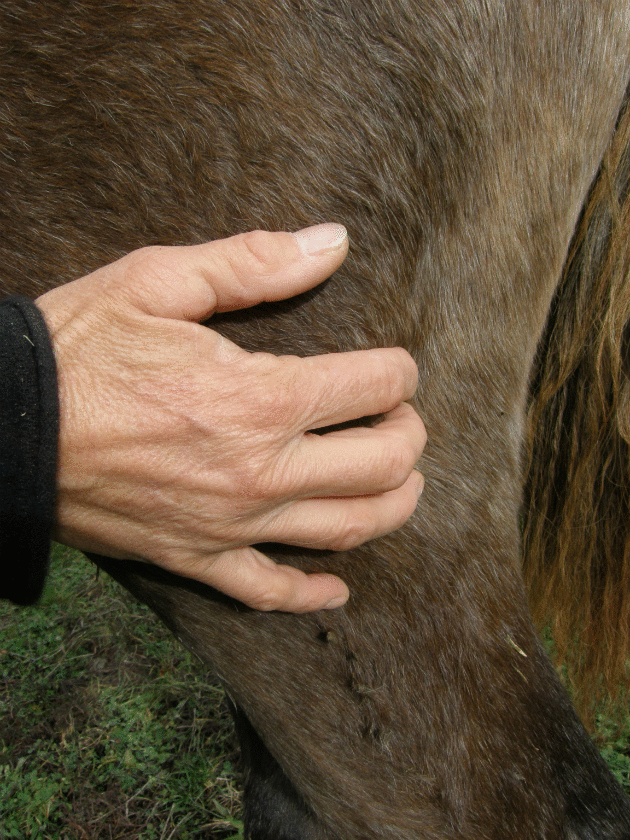
.avif)
Shiatsu on a colt.
You also do several other alternative healing techniques on people. What is the main difference in healing between horses and men?
Well, people are mostly located in their brain and that is difficult when it comes to healing. It is hard to turn off the mental mode, tell them to relax is not enough. Horses on the other hand are mainly located in their bodies so they are more receptive.
Does it mean that horses can actually heal more easily?
It depends on the horse. Some horses, which had a hard life, create something like a shell around them not to suffer. It is very complicated to break that shell to be able to actually help the horse.
You also have six horses in retirement, on which is not possible to ride anymore. How do horses deal with illness and death?
That varies very much; 70% of horses have colic because their digestive system is very fragile. When they are in too much pain, their digestive system simply blocks. It is then very complicated to start their digestive system again and I need to decide whether they want to continue with their lives or not.
How can you decide that?
I can recognize it because I know my horses well; I know if they will try to fight to survive or if they are already done fighting. It is something that is very important for me and for them as well.
Do horses often die in the natural way?
I haven´t had many horses that died naturally because they usually suffer too much. I´m there when the vet gives them the shot and I do shiatsu to them. It can really calm them down. I feel they want me to be there with them.
Do you have some kind of ritual when a horse dies?
I do not really have a ritual. Once they die, they are gone for me. They leave their body very quickly; they do not hang on like we do I suppose.
.avif)
You have travelled on horseback in many different countries. What did find the most interesting or shocking about the relationship with horses in other countries?
I have been in Mongolia, which is a real horse country – it is how thy travel around - with their horses. However, it was disappointing for me overall, because of the way they treat horses over there. They do not even give them names and in the winter the horses are the last animals having hay if they even have some at all. So the horses have to survive by going into the snow looking for some grass, eating trees.... From other countries, I have seen Morocco for example. There, they ride only stallions; it is connected with the traditional division of male and female roles in the society. Mares, same as women, are just for breeding. Stallions are the strongest ones, they are proud and beautiful and that is why they ride only them. It works like this in a lot of countries actually.
When talking about comparing cultures, can you see in France something what can be an inspiration for Czech Republic? Not just with horses, in general in relationship to environment and this kind of things.
I think that people here often want to go back to the traditional things - like having your own garden, growing your vegetable, living more healthy and simply. We used to eat a lot of junk food but now I think that people are really trying to live closer to nature again.
Especially in this area…
Yes, I have never actually lived in a city so I´m not a part of average French population. In our village we are about one hundred and thirty people and we created special association to help elderly people to stay and live in the village to the end. So if they need something like to bring in their wood, shuffle the snow away from the door or to buy groceries, we are here to help them.
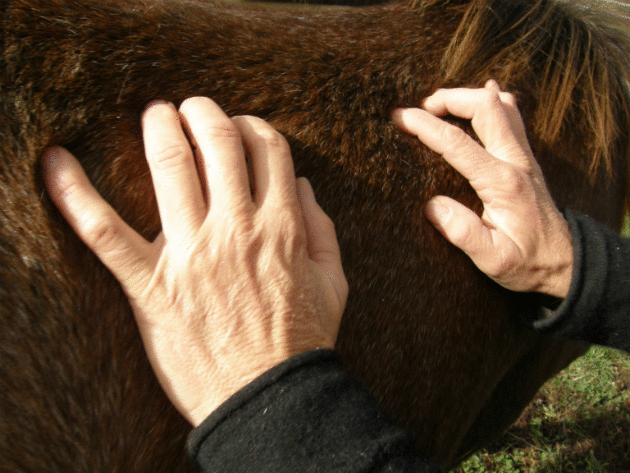
.avif)
Apart from all these activities you also have time for music. How do you manage to combine it all and still have some free time as well?
I actually fill me free time with music! (laugh) I live according to the seasons now and there are some periods when I have a lot of work like spring and summer. In winter however, it is easier for me to do different activities like music or my theatre courses, which are new in our village and of course visiting some friends as well.
But in summer you organise a small music festival in your house…
Yes, my house is actually big enough for that. (laugh) I try to encourage people who are not professional musicians to sing or play some instruments to discover their new, unknown talents.
So it is not just a farmhouse – it´s actually a kind of cultural and healing centre as well!
Exactly, doing many different things in life is a great fun!
.avif)
